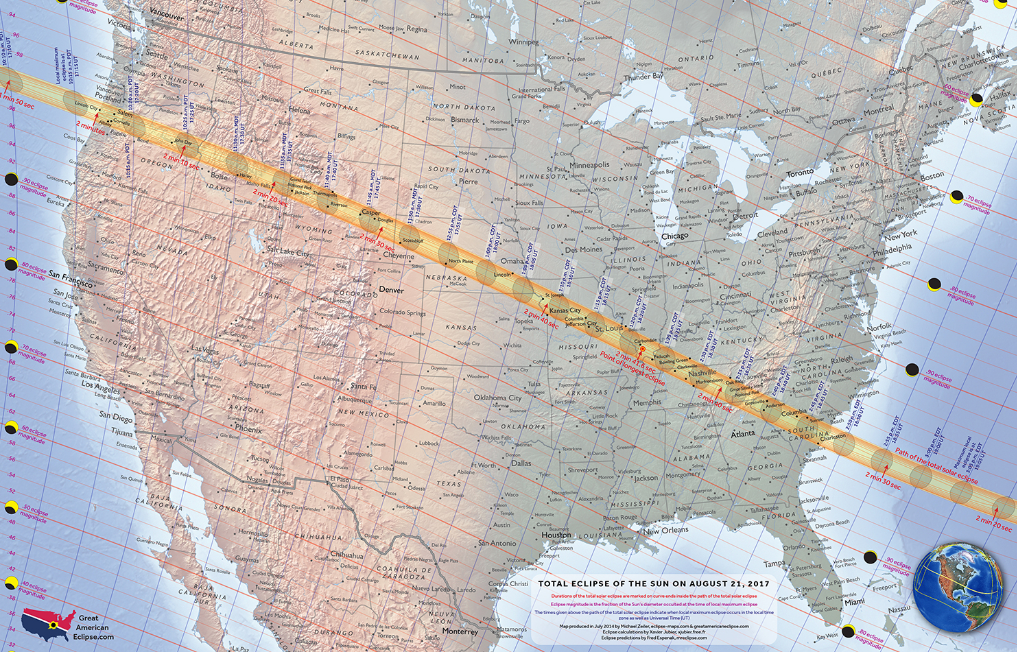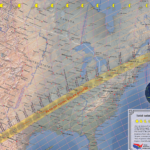Eclipse Resources:
General Eclipse Info and Maps: www.greatamericaneclipse.com
NASA’s Eclipse Page: https://eclipse.gsfc.nasa.gov/eclipse.html
Rice Space Institute’s Eclipse Page (sign up for the eclipse listserv!): http://space.rice.edu/eclipse/
Totality App (from Big Kid Science): Free!
Safe Viewing Practices:
NASA GSFC’s Eclipse Safety Page (with links ranging from eye protection to taking travel precautions): https://eclipse2017.nasa.gov/safety
Purchase your Eclipse Eyewear ASAP, before they sell out! https://www.greatamericaneclipse.com/eclipse-viewing/
Eclipse Lesson Plans:
NSTA Eclipse Booklet: http://static.nsta.org/extras/solarscience/SolarScienceInsert.pdf
Big Kid Science Lesson Ideas: http://www.bigkidscience.com/eclipse/classroom-activities/
NASA/JPL Eclipse Yardstick Model: https://nightsky.jpl.nasa.gov/download-view.cfm?Doc_ID=327
Other NASA Activities: https://eclipse2017.nasa.gov/activities
Eclipse Animations:
Eclipse as viewed from the Earth, accounting for the Earth’s topography and Lunar Rim features from the LRO: https://www.youtube.com/watch?v=MJgXaqW3md8
2017 Eclipse Shadow Cones (my students thought this was so cool!): https://svs.gsfc.nasa.gov/4321
Other NASA Animations (a treasure trove of resources from the Scientific Visualization Studio): https://svs.gsfc.nasa.gov/index.html
What will you see from New York?
Depending on your latitude, you will see 70% (southern New York) or less of the Sun covered by the New Moon this coming August.
Finding a Place to Stay on Eclipse Day:
Camping (and Glamping) at the Oregon SolarFest: https://www.oregonsolarfest.com/
Casper, Wyoming Eclipse Festival: http://eclipsecasper.com/
Nebraska Sandhills: https://2017nebraskaeclipse.com/
St. Louis, Missouri Eclipse Day: http://www.missourieclipse2017.com/
Tennessee State Parks: http://tnstateparks.com/activities/solar-eclipse-at-the-park-2017
Mount Juliet, TN (where we will be stationed): http://www.tennessean.com/story/news/local/wilson/mt-juliet/2017/02/27/mt-juliet-jumps-city-view-total-solar-eclipse/98274534/
What if you miss the eclipse this summer?
The next American total solar eclipse will be Monday, April 8, 2024. This will take a different path from the 2017 eclipse, with the Moon’s shadow crossing over far western and northern New York State! We will have to work on our local school boards to plan our spring break that week, so we are all able to travel for the event.



